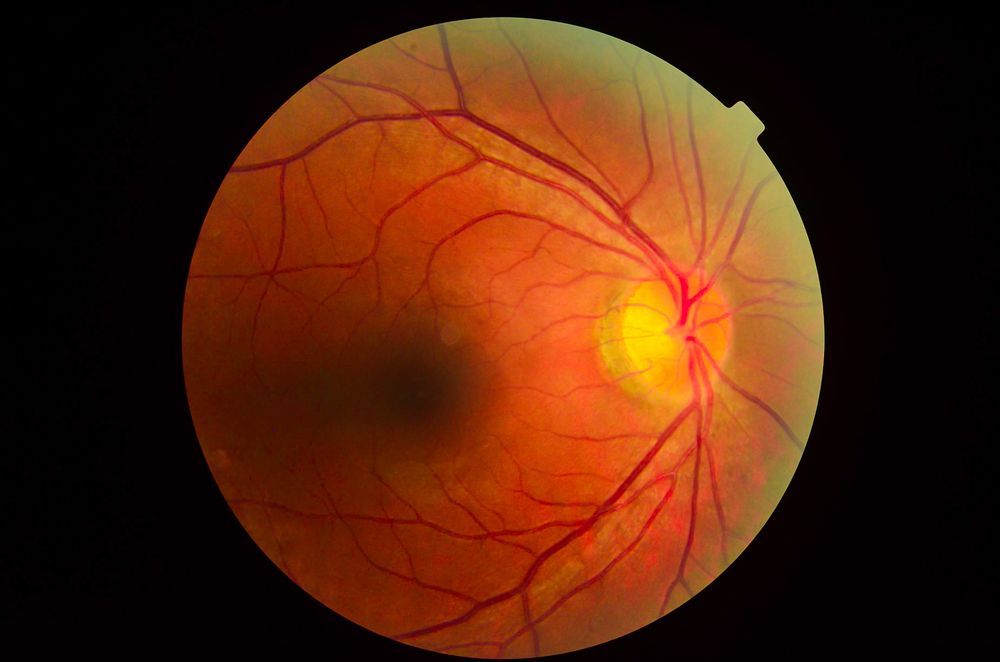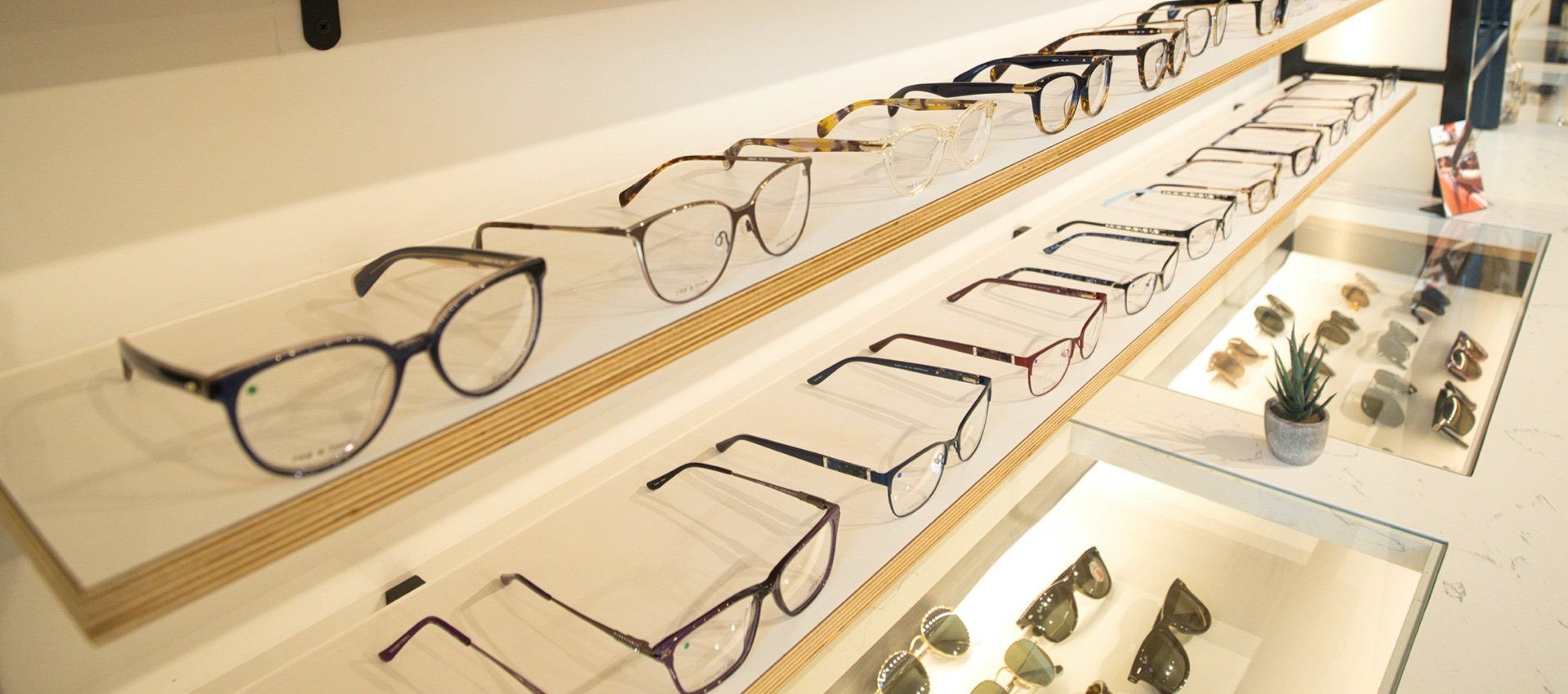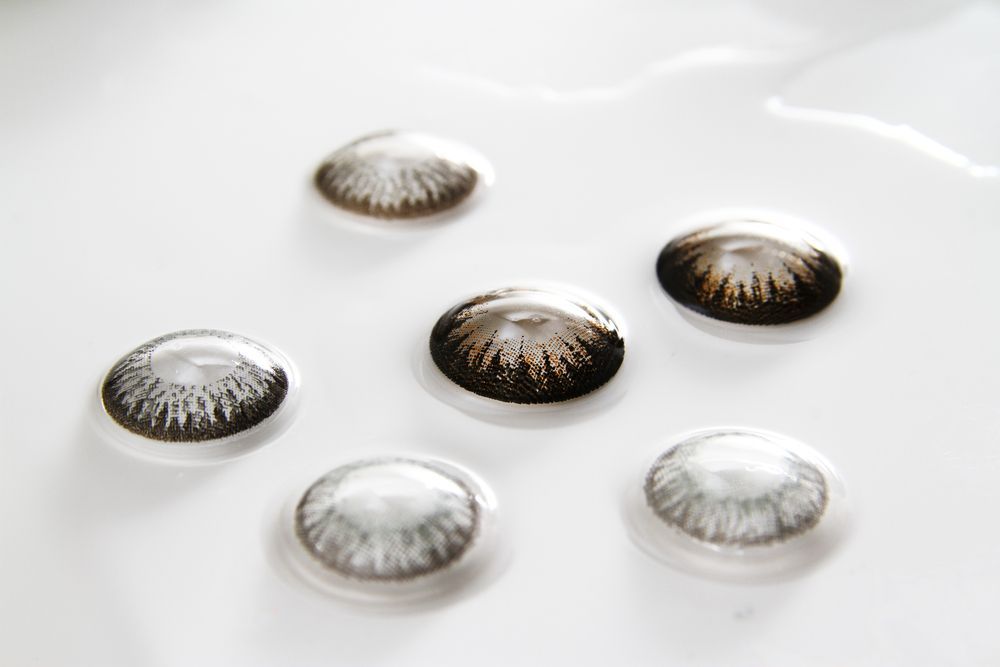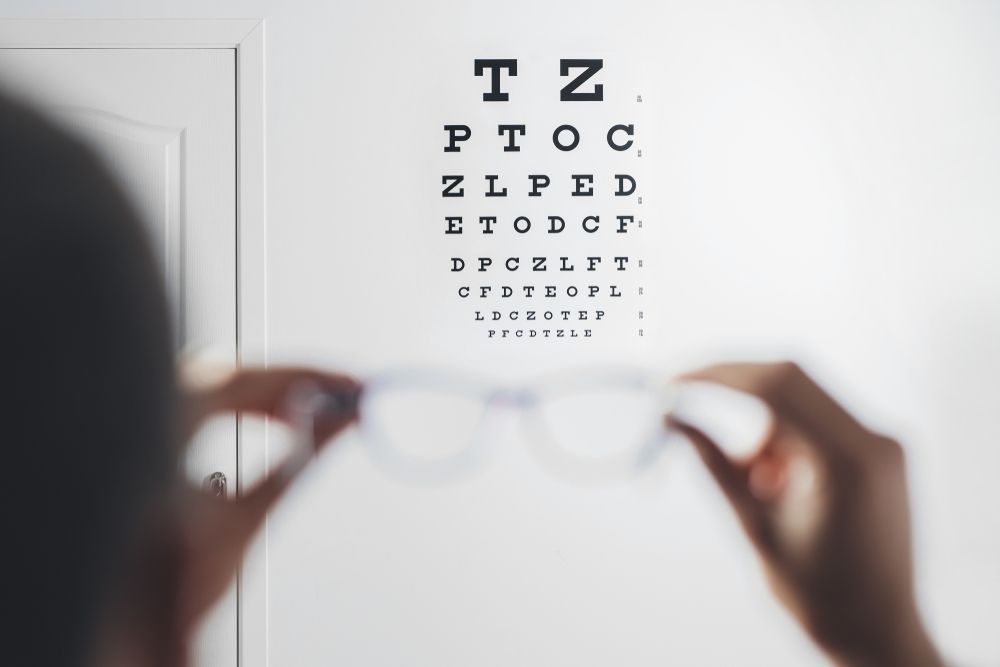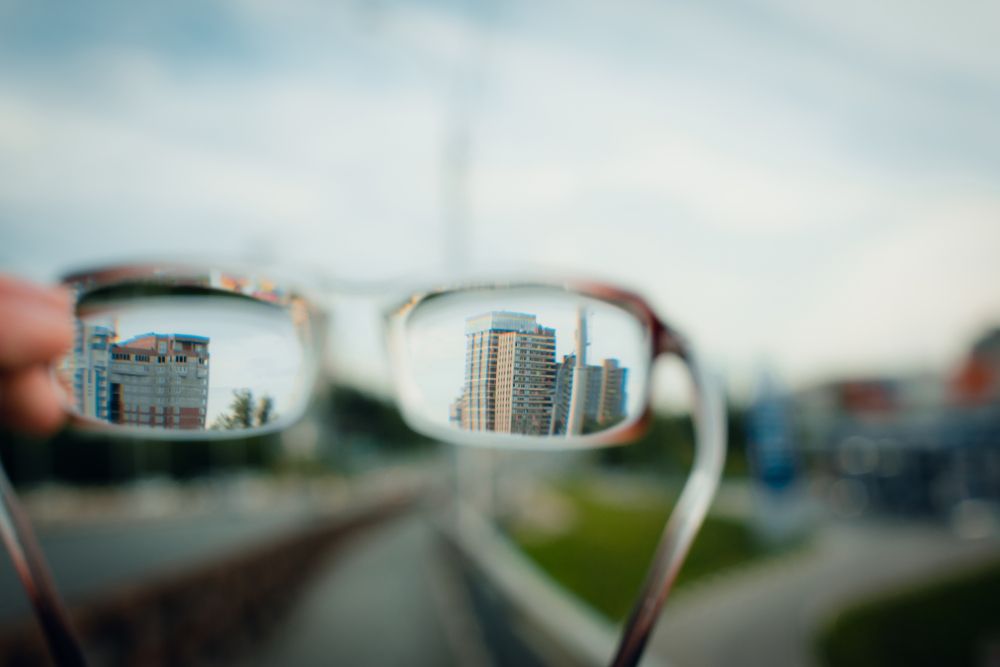Driving at night is a part of daily life for many of us in Ardmore and across southern Oklahoma—whether it’s heading home after work, picking kids up from evening activities, or traveling on the highway. But while nighttime driving may feel routine, it’s actually one of the most dangerous times to be on the road.
According to the National Safety Council, traffic death rates are three times higher at night compared to daylight hours. Reduced visibility, glare, and slower reaction times all contribute to the risk. And one factor that plays a critical role in nighttime driving safety is something many people overlook: your night vision.
At Blake Bush Family Eye Care, we believe protecting your eyesight is essential to protecting your life. In this blog, we’ll explain why night vision matters, what affects it, how to know if you have issues, and what steps you can take to drive more safely after dark.
What Is Night Vision?
Night vision is your eyes’ ability to see in low-light or dark conditions. It involves multiple parts of your visual system working together:
- Pupil dilation allows more light into the eye.
- Rods in the retina (light-sensitive cells) become more active to detect shapes and movement.
- Contrast sensitivity helps you distinguish objects from their backgrounds in dim conditions.
- Glare recovery allows your eyes to quickly adapt after being exposed to bright headlights.
When any of these processes are compromised, your ability to see clearly in the dark—and respond quickly while driving—is reduced.
Why Night Vision Is Essential for Safe Driving
Driving is already a complex task requiring attention, quick decision-making, and good reaction times. At night, poor visibility makes everything harder:
1. Reduced Depth Perception
It’s harder to judge distances between your vehicle, other cars, and objects on the road.
2. Lower Peripheral Vision
You may not notice pedestrians, cyclists, or animals until it’s too late.
3. Decreased Contrast Sensitivity
Black vehicles, dark clothing, or unlit obstacles blend into the background.
Glare from Headlights
Bright headlights from oncoming cars can temporarily blind you if your glare recovery is slow.
All of these challenges add up, making night driving far riskier than daytime driving—even for healthy eyes.
Common Causes of Night Vision Problems
Several conditions can interfere with your ability to see clearly at night:
1. Uncorrected Vision Problems
- Nearsightedness, farsightedness, and astigmatism make it harder to focus in low light.
- Even small prescription changes can make a big difference at night.
2. Cataracts
- Cataracts cause the lens of the eye to become cloudy, scattering light and increasing glare.
- They are a leading cause of night driving difficulties in adults over 50.
3. Dry Eye Disease
- Insufficient tear production leads to blurred or fluctuating vision, especially at night.
- Oncoming headlights can appear starbursts or halos for patients with dry eye.
4. Glaucoma
- This condition damages peripheral vision, which is critical for spotting hazards at night.
5. Macular Degeneration
- Loss of central vision makes it hard to see objects straight ahead, especially in dim light.
6. Vitamin A Deficiency
- Rare in the U.S. but still possible, a lack of vitamin A affects the retina’s ability to adapt to low light.
7. Age-Related Changes
- By age 60, pupils don’t dilate as widely, allowing less light in.
- Light scatter increases, making glare more intense.
Signs You May Have Night Vision Problems
If you’ve experienced any of these while driving at night, it’s worth scheduling an eye exam:
- Difficulty seeing road signs until you’re very close
- Trouble judging distance between your car and others
- Halos or starbursts around headlights and streetlights
- Needing to slow down significantly when driving after dark
- Frequent eye strain or fatigue during nighttime driving
- Avoiding night driving altogether out of discomfort or fear
How to Improve Night Driving Safety
1. Get Regular Eye Exams
Your first line of defense is a comprehensive eye exam. At Blake Bush Family Eye Care, we check not only your prescription but also your overall eye health. Detecting cataracts, glaucoma, or other conditions early helps preserve safe night vision.
2. Update Your Glasses or Contact Prescription
Even a slight change in prescription can make a big difference at night. If you need glasses for driving, ask about anti-reflective (AR) coatings to reduce glare.
3. Treat Dry Eye Disease
Patients with dry eyes often notice more glare at night. Treatments like prescription drops, in-office procedures, or advanced therapies such as IPL can make night driving safer and more comfortable.
4. Consider Specialty Lenses
Scleral lenses, which Dr. Blake Bush specializes in fitting, can improve vision clarity for patients with irregular corneas or other conditions that affect night vision.
5. Cataract Surgery
If cataracts are limiting your night driving ability, surgery may restore clarity and reduce glare. Modern lens implants can even correct other vision issues at the same time.
6. Practice Good Driving Habits
- Keep your windshield clean inside and out to reduce glare.
- Adjust your headlights properly to illuminate the road without blinding others.
- Dim dashboard lights to reduce distractions.
- Reduce your speed and increase following distance.
7. Improve Lifestyle Factors
- Ensure adequate lighting at home and on your property.
- Eat a diet rich in leafy greens, carrots, and fish to support eye health.
- Quit smoking, which accelerates cataract development and other eye diseases.
Night Vision and Aging
It’s no secret that many drivers stop driving at night as they get older. While this is a practical safety decision for some, it doesn’t have to be inevitable. With proper eye care—including timely cataract treatment, regular check-ups, and lifestyle changes—many people maintain safe night driving vision well into their later years.
If you’re 50 or older and starting to notice more glare or difficulty at night, we recommend annual eye exams. Early detection is the key to preserving independence and confidence on the road.
Technology and Night Driving
Modern vehicle technology also helps reduce risk, but it can’t replace good vision:
- Adaptive Headlights: Improve road illumination by swiveling with your steering.
- Night Vision Assist Systems: Some luxury cars display heat-sensing images of people or animals ahead.
- Automatic High Beams: Adjust to maximize visibility without blinding oncoming drivers.
These tools are useful, but your eyes still need to function well for them to be effective.
When to Seek Professional Help
If you notice sudden changes in your night vision—such as sudden glare, halos, or difficulty focusing—it’s important to see an eye doctor promptly. Some problems, like acute glaucoma or corneal infections, require immediate attention to prevent permanent damage.
Safe driving after dark depends heavily on healthy eyes and strong night vision. Ignoring symptoms or delaying an eye exam can put you—and others on the road—at risk.
At Blake Bush Family Eye Care, our team is committed to helping you enjoy clear, comfortable vision day and night. From routine exams to advanced treatments for cataracts, dry eye, and specialty lens fittings, we provide the care you need to stay safe behind the wheel.
If you’ve noticed changes in your ability to drive at night, don’t wait. Schedule an appointment with us today to protect your vision, your safety, and your independence.



